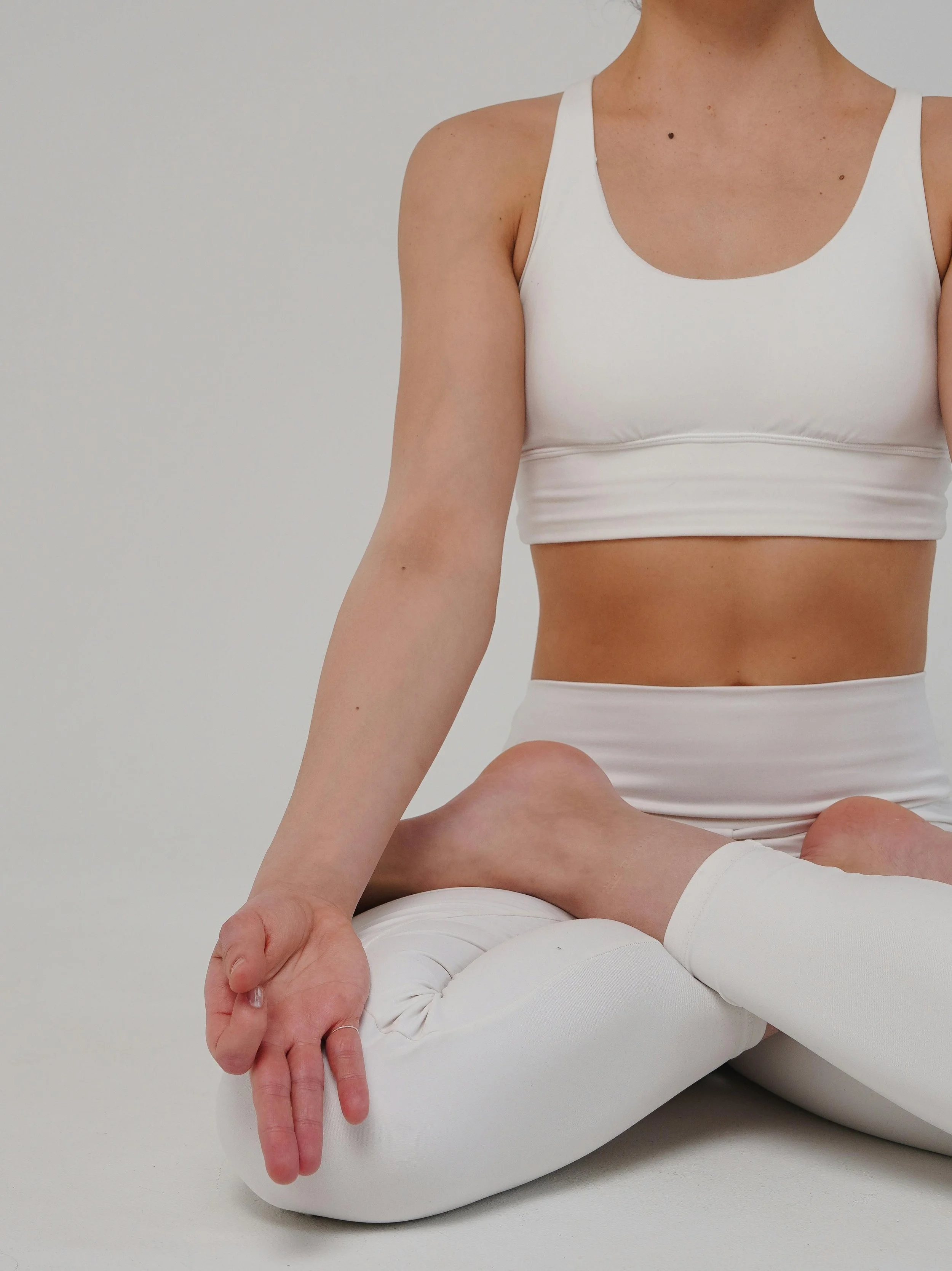How Better Breathing Can Improve Your Movement
One of the most overlooked parts of physical therapy is breathing. Most people do not think about how they breathe during daily movement, but the way you breathe affects your posture, your core strength, and even how your body manages pain.
Breathing is not just about getting air in and out. It is a coordinated movement that involves your diaphragm, your ribcage, and your deep core muscles. When these areas do not work well together, other muscles start to take over, and that is when tension and discomfort begin to appear.
Many patients who struggle with neck tightness, low back discomfort, or core weakness are actually dealing with inefficient breathing patterns. If the diaphragm is not doing its job, the body recruits muscles in the neck and upper chest to help pull in air. Over time, these muscles become tired and tender, which creates a cycle of tension that spreads through the upper body.
Efficient breathing supports the core in a way that feels natural and steady. When the diaphragm moves well, it helps create pressure in the abdomen that stabilizes the spine. This makes everyday movements like lifting, walking, and getting out of a chair feel easier and more supported. It also helps the pelvic floor relax and contract in a healthier rhythm, which is essential for overall stability.
Improved breathing also helps the nervous system settle. Slow, coordinated breaths can reduce the body’s stress response, which plays a meaningful role in pain tolerance. When the nervous system is calmer, the muscles can relax and move more freely. Many patients notice they feel less tense and more grounded once they start paying attention to their breathing patterns.
Here are a few signs that your breathing may need attention.
You feel your breath mostly in your chest
This usually means the diaphragm is not moving through its full range and the upper body is doing most of the work.
You notice tension in your neck when you breathe deeply
Neck muscles are not meant to be primary breathing muscles. If they activate with every breath, they will fatigue quickly.
Your ribs do not move easily when you inhale
Healthy breathing involves expansion through the ribs and abdomen, not just the upper chest.
You brace your stomach during simple tasks
This can be a sign that your core is relying on tension rather than coordinated support.
Once someone becomes aware of their breathing patterns, we often see changes in posture, movement, and comfort levels. Breathing becomes smoother, the core works more efficiently, and movements feel more supported. It is a subtle shift that creates a meaningful difference in how the body functions.
Breathing is a powerful tool. It influences stability, pain levels, energy, and the way your body organizes movement. When you learn how to breathe with more awareness and less tension, everything from daily tasks to exercise begins to feel more controlled and comfortable.
